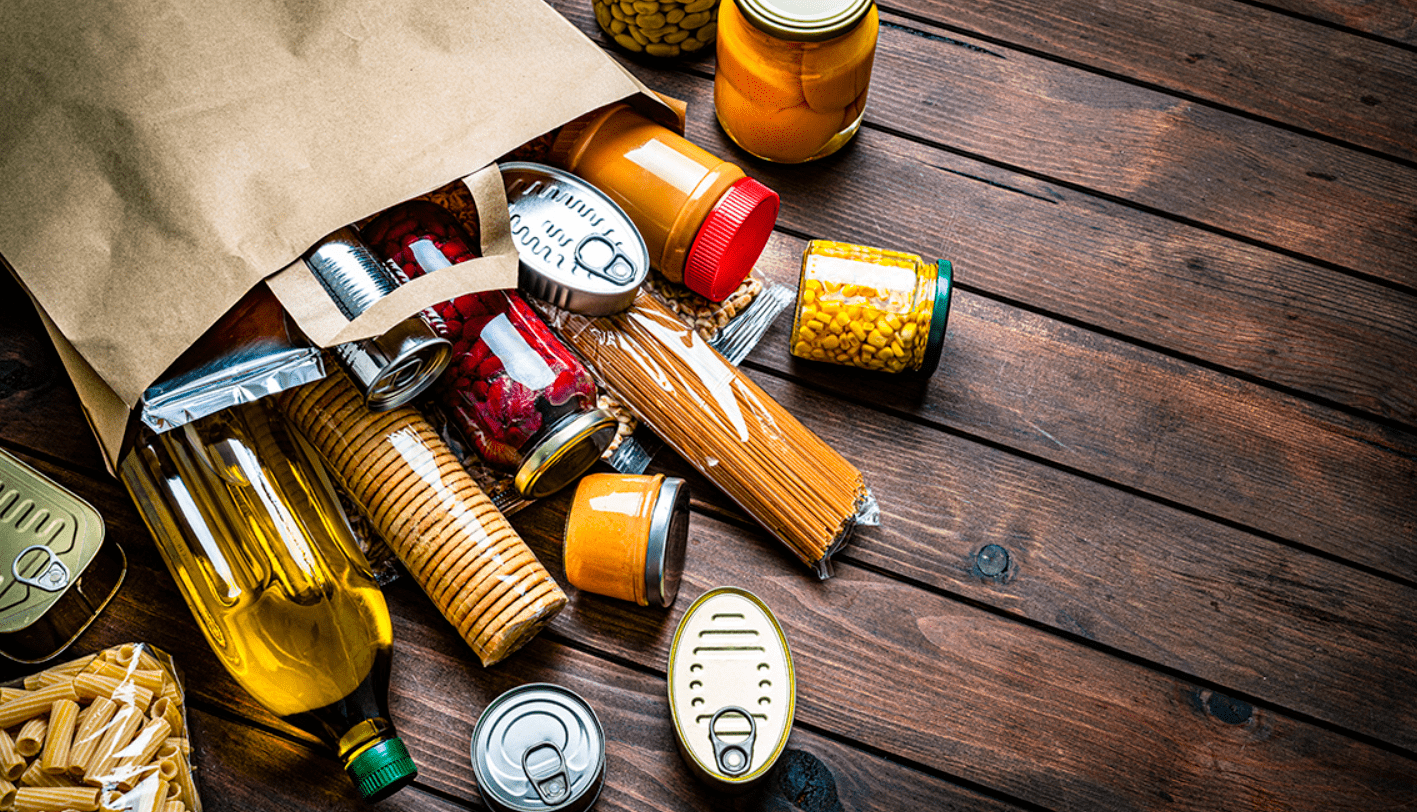Food Packaging manufacturers, keeping them fresh can be a headache-inducing topic. Are you aware of how packaging mistakes can impact your product’s shelf life? What common errors should be avoided to ensure your food stays fresh longer? Proper food packaging is essential for maintaining quality and extending shelf life. Avoiding common mistakes, like not correctly using nitrogen purging, can significantly enhance the longevity of your products. Here’s a guide to help you avoid pitfalls in food packaging.
Table of Contents
Choosing the Wrong Food Packaging Materials
Inadequate Barrier Properties
Selecting packaging materials with poor barrier properties can shorten shelf life. Materials that do not effectively protect against moisture, oxygen, or light can compromise the freshness of your product. Choosing materials that offer strong barrier protection is crucial for maintaining product quality.
Using Non-Food-Grade Materials
What happens if non-food-grade materials are used? These materials can contain harmful chemicals that may leach into the food, affecting safety and shelf life. Always use packaging specifically designed for food products to ensure safety and quality.
Poor Sealing Techniques
Improper Sealing
Sealing is a critical step in food packaging. Inadequate sealing can lead to leaks and exposure to air, which can spoil the food. Ensure the packaging is adequately sealed to protect the contents from contamination and maintain freshness.
Ignoring Heat Seal Standards
Heat sealing is often used to package food products. Failure to adhere to proper heat seal standards can result in weak seals and compromised shelf life. Follow the manufacturer’s guidelines for heat sealing to ensure a strong and effective seal.
Failure to Use Purging
Nitrogen purging is a technique for removing oxygen from the packaging environment. Oxygen can accelerate spoilage and degradation of food products. By using nitrogen purging, the shelf life of food products can be significantly extended.
Benefits of Purging
Incorporating purging into your packaging process helps to maintain product freshness. It reduces the risk of oxidation and bacterial growth, ensuring the food stays safe and high-quality for longer. Consider this method to enhance the effectiveness of your packaging.
Inadequate Storage Conditions
Improper Temperature Control
Storage conditions play a vital role in maintaining the shelf life of packaged food. Failing to control temperature can lead to spoilage and reduced product quality. Ensure that products are stored at the recommended temperatures to prevent degradation.
Inconsistent Humidity Levels
Humidity can also affect the shelf life of food products. High humidity levels can lead to moisture absorption and spoilage. To protect the product, use packaging materials that control humidity or ensure that storage conditions are well-regulated.
Neglecting Labelling Requirements
Incorrect or Missing Labels
Proper labelling is essential for both safety and quality control. Incorrect or missing labels can lead to confusion about storage requirements and shelf life. Ensure that all packaging includes accurate and complete information to guide proper handling and storage.
Failure to Include Expiry Dates
Expiry dates are crucial for informing consumers about the freshness of the product. Omitting or mislabeling expiry dates can lead to safety issues and customer dissatisfaction. Always include clear and accurate expiry dates on your packaging. Avoiding these common packaging mistakes is essential for extending the shelf life of food products. You must use techniques like nitrogen purging and the other measures mentioned above. This way, you can significantly enhance the quality and longevity of your products. Stay informed and proactive to ensure that your food packaging meets the highest standards of safety and effectiveness.
